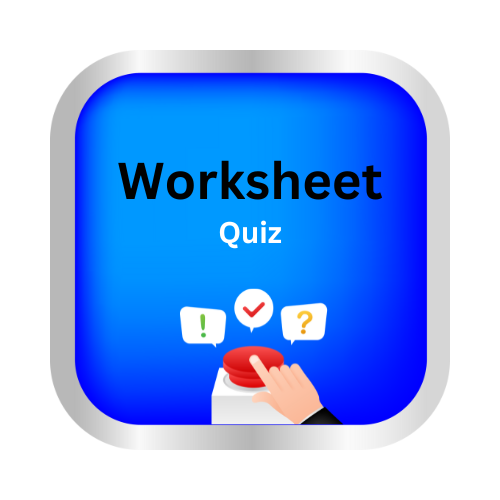Force A Push Or A Pull
key notes:

Definition of Force:
- A force is a push or a pull that can change the motion of an object.
- Forces can also change the shape of an object.
Types of Forces:
- Contact Forces: Forces that require physical contact with the object.
- Examples: Friction, Tension, Normal force, Applied force.
- Non-contact Forces: Forces that act at a distance without physical contact.
- Examples: Gravitational force, Magnetic force, Electrostatic force.
Characteristics of Force:
- Magnitude: The size or strength of the force.
- Direction: The way the force acts, such as pulling in a certain direction or pushing in another.
- Point of Application: The location where the force is applied on the object.
Effects of Force:
- A force can change the velocity (speed or direction) of an object, causing it to start moving, stop, or change direction.
- A force can change the shape of an object, for example, stretching a rubber band or compressing a spring.
Balanced and Unbalanced Forces:
- Balanced Forces: When two forces acting on an object are equal in magnitude but opposite in direction, they cancel each other out, resulting in no change in the object’s motion.
- Unbalanced Forces: When the forces acting on an object are not equal, resulting in a change in the object’s motion (speed or direction).
SI Unit of Force:
- The SI unit of force is the Newton (N), named after Sir Isaac Newton.
Examples of Forces:
- Push: Pushing a door to open it, pushing a cart.
- Pull: Pulling a rope, pulling a suitcase.
Newton’s First Law of Motion (Inertia):
- An object will remain at rest or continue in uniform motion unless acted upon by an unbalanced external force. This explains the need for a force to change the state of motion of an object.
Practical Applications of Force:
- Sports: Kicking a ball involves applying force.
- Transportation: Engines apply force to vehicles, causing them to move.
- Machines: Levers and pulleys use force to lift or move objects.
Let’s practice!

